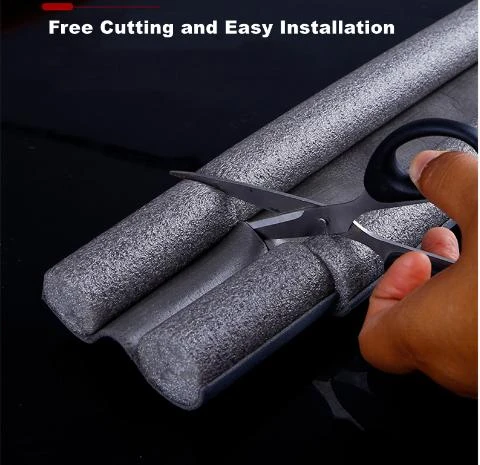drainage matts
Understanding Drainage Mats A Comprehensive Guide
Drainage mats, also known as drainage layers or geocomposite drainage systems, play a crucial role in efficient water management in various applications, from construction to landscaping. These mats are designed to facilitate the movement of water away from critical areas, preventing water accumulation and ensuring that surfaces remain dry and functional. In this article, we will explore the purpose, benefits, materials, and applications of drainage mats, providing a comprehensive overview for both professionals and DIY enthusiasts.
What Are Drainage Mats?
Drainage mats are specialized products typically made from materials such as plastic or rubber. They are designed to create a void space that allows water to flow freely while providing structural support. The structure of a drainage mat usually consists of a series of channels or dimpled surfaces that encourage the movement of water away from areas where it could cause damage, like foundation walls, rooftops, and beneath paved surfaces.
Purpose of Drainage Mats
The primary purpose of drainage mats is to prevent water from pooling in unwanted areas. In construction, excess water can lead to structural damage, erosion, mold growth, and a host of other issues. By directing water away effectively, drainage mats protect the integrity of buildings and landscapes.
In landscaping, drainage mats are used to manage excess water around gardens and lawns, ensuring that plants receive adequate moisture without becoming waterlogged. They are particularly beneficial in areas with heavy rainfall or poor drainage systems, making them essential for sustainable landscaping practices.
Benefits of Using Drainage Mats
1. Reduces Water Accumulation Drainage mats facilitate the swift movement of water, significantly reducing the chances of flooding and waterlogging. 2. Prevents Erosion By controlling water movement, drainage mats help to prevent soil erosion, which can devastate gardens and landscapes over time.
3. Enhances Longevity of Structures In construction, proper drainage is vital to extending the lifespan of foundations and other structural elements, thus saving costs on repairs and maintenance.
4. Versatile Applications Drainage mats can be used in various settings, including residential, commercial, and industrial projects, making them a versatile solution for water management.
5. Environmentally Friendly Many drainage mats are made from recycled materials, contributing to eco-friendly building practices.
Materials Used in Drainage Mats
drainage matts

Drainage mats can be constructed from several materials, each offering different advantages
- Polyethylene (PE) Known for its durability and flexibility, polyethylene mats are resistant to chemicals and environmental degradation, making them suitable for a range of applications.
- Polypropylene (PP) This material offers excellent tensile strength and dimensional stability, providing a reliable drainage solution even in harsh conditions.
- Rubber Rubber mats are often used in areas subject to heavy traffic due to their resilience and shock-absorbing properties.
Applications of Drainage Mats
1. Foundation Drainage In residential construction, drainage mats are often installed around foundations to redirect water away from the building, preventing potential issues related to moisture.
2. Green Roofs Drainage mats are essential in green roofing systems, where they help maintain moisture levels for plants while ensuring excess water drains away.
3. Athletic Fields In sports field construction, drainage mats are utilized to keep surfaces dry and playable, even in wet conditions.
4. Parking Lots Drainage mats can be installed beneath parking lots to manage runoff, enhancing safety and extending the lifespan of the pavement.
5. Landscaping In gardens and other landscaped areas, drainage mats facilitate proper water distribution, ensuring plant health and preventing root rot.
Conclusion
In summary, drainage mats are essential components in modern construction and landscaping that contribute significantly to water management. With their ability to enhance structural integrity, prevent erosion, and provide versatility across various applications, they offer an efficient solution for managing excess water. As awareness of sustainable practices continues to grow, the demand for efficient drainage solutions like drainage mats is expected to rise, further solidifying their role in effective engineering and design. Whether you are a contractor, architect, or DIY homeowner, understanding and utilizing drainage mats can lead to long-lasting and sustainable solutions in your projects.
-
Under Door Draught Stopper: Essential ProtectionNewsJul.31,2025
-
Garage Door Seal and Weatherstrips for ProtectionNewsJul.31,2025
-
Edge Banding Tape for Perfect EdgesNewsJul.31,2025
-
Table Corner Guards and Wall Corner ProtectorsNewsJul.31,2025
-
Stair Nose Edging Trim and Tile Stair SolutionsNewsJul.31,2025
-
Truck Bed Rubber Mats for Pickup BedsNewsJul.31,2025
-
Window Weather Stripping for Noise ReductionNewsJul.29,2025